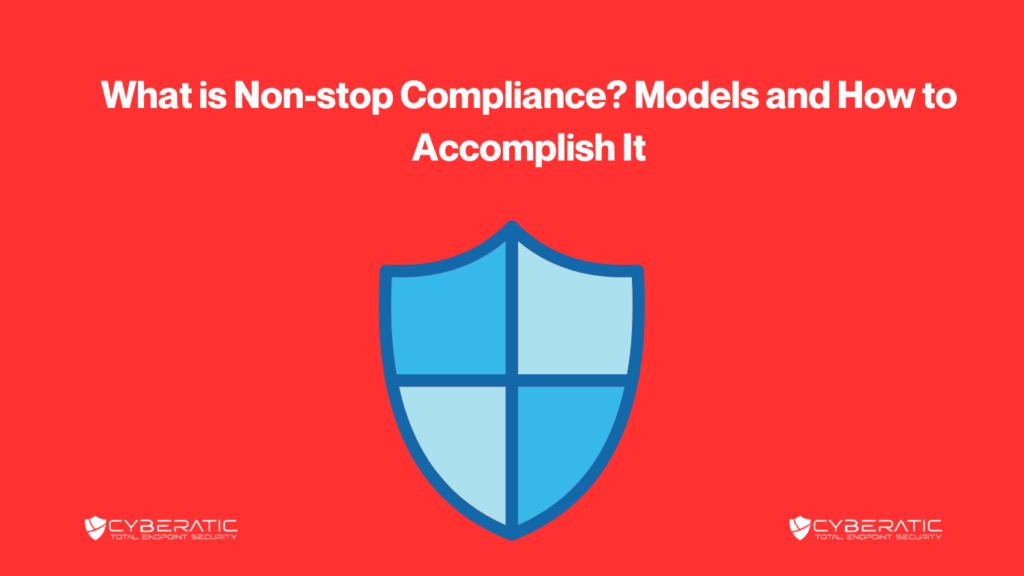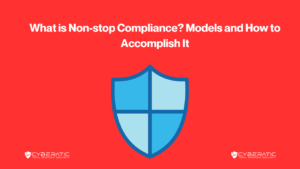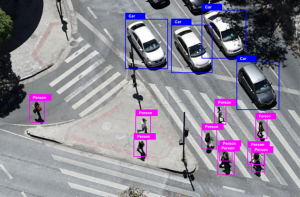Continuous compliance refers to the practice of ensuring that an organization consistently adheres to regulatory requirements, industry standards, and internal policies on an ongoing basis. Unlike traditional compliance, which might involve periodic checks and audits, continuous compliance is integrated into daily operations, making it a proactive approach rather than a reactive one.
Examples of Continuous Compliance
- Financial Services: A bank continually monitors transactions to ensure compliance with anti-money laundering (AML) regulations. This involves real-time analysis of transactions for suspicious activities and immediate reporting of any anomalies.
- Healthcare: A hospital uses automated systems to ensure patient data is handled in accordance with HIPAA regulations. This includes continuous monitoring of access logs to prevent unauthorized access to patient records.
- Technology: A software company consistently scans its code for vulnerabilities and compliance with security standards such as ISO/IEC 27001. This ensures that every new release is compliant from day one.
- Retail: An e-commerce platform continually reviews its payment processing systems to comply with PCI DSS standards, ensuring the security of customer credit card information.
How to Achieve Continuous Compliance
- Automated Monitoring and Reporting: Implement tools that provide real-time monitoring and automated reporting. These tools can help detect and report compliance violations immediately, allowing for prompt corrective actions.
- Integration with Business Processes: Embed compliance checks into daily business processes. For instance, integrating compliance checks into the development cycle of a software product ensures that compliance is considered at every stage.
- Regular Updates and Training: Keep your compliance protocols up-to-date with the latest regulatory changes. Regular training for employees ensures that everyone is aware of their roles and responsibilities regarding compliance.
- Risk Management Frameworks: Implement a robust risk management framework that identifies potential compliance risks and outlines strategies to mitigate them. Regular risk assessments help in understanding the compliance landscape better.
- Compliance Culture: Foster a culture of compliance within the organization. Encourage employees to understand the importance of compliance and to report any issues without fear of retaliation.
- Third-Party Audits: Regular third-party audits can provide an unbiased assessment of your compliance status. These audits can uncover potential issues that internal teams might overlook.
Tools for Continuous Compliance
- Governance, Risk, and Compliance (GRC) Platforms: Tools like MetricStream, RSA Archer, and IBM OpenPages help manage compliance activities, track regulatory changes, and maintain audit trails.
- Security Information and Event Management (SIEM) Systems: Systems like Splunk and IBM QRadar offer real-time analysis of security alerts generated by applications and network hardware, helping to ensure continuous compliance with security standards.
- Automated Compliance Management Systems: Tools such as ComplySci and Compliance360 automate the monitoring and reporting of compliance activities, ensuring that compliance is maintained consistently.
By leveraging these strategies and tools, organizations can achieve continuous compliance, thereby reducing the risk of regulatory penalties and enhancing overall operational efficiency.








